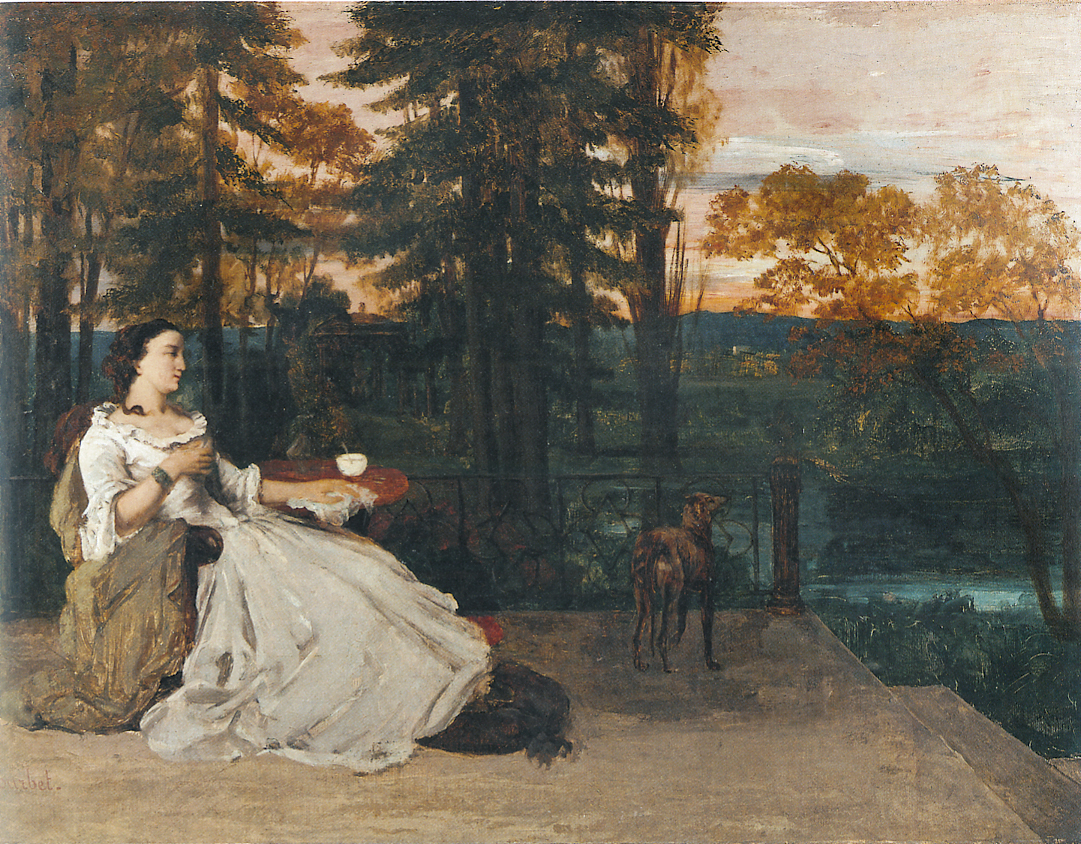1756 Francois Boucher
A French painter, a proponent of Rococo taste, known for his idyllic and voluptuous paintings on classical themes, decorative allegories representing the arts or pastoral occupations, intended as a sort of two-dimensional furniture. He also painted several portraits of his illustrious patroness, Madame de Pompadour. Boucher's early work celebrates the idyllic and tranquil, portraying nature and landscape with great élan. However, his art typically forgoes traditional rural innocence to portray scenes with a definitive style of eroticism, and his mythological scenes are passionate and intimately amorous rather than traditionally epic. Marquise de Pompadour (mistress of King Louis XV), whose name became synonymous with Rococo art, was a great fan of Boucher's, and it is particularly in his portraits of her that this style is clearly exemplified.

1767 Jean-Honore Fragonard
a French painter and printmaker whose late Rococo manner was distinguished by remarkable facility, exuberance, and hedonism. One of the most prolific artists active in the last decades of the Ancien Régime, Fragonard produced more than 550 paintings (not counting drawings and etchings), of which only five are dated. Among his most popular works are genre paintings conveying an atmosphere of intimacy and veiled eroticism. Showed such talent and inclination for art that he was taken at the age of eighteen to François Boucher, who, recognizing the youth's rare gifts but disinclined to waste his time with one so inexperienced, sent him to Chardin's atelier. Fragonard studied for six months under the great luminist, then returned more fully equipped to Boucher, whose style he soon acquired so completely that the master entrusted him with the execution of replicas of his paintings.
The Swing 1767

1830 Eugene Delacroix
Leader of the French romanticism art movement.
was a French Romantic artist regarded from the outset of his career as the leader of the French Romantic school.[1] Delacroix's use of expressive brushstrokes and his study of the optical effects of colour profoundly shaped the work of the Impressionists, while his passion for the exotic inspired the artists of the Symbolist movement. A fine lithographer, Delacroix illustrated various works of William Shakespeare, the Scottish writer Sir Walter Scott and the German writer Johann Wolfgang von Goethe.
In contrast to the Neoclassical perfectionism of his chief rival Ingres, Delacroix took for his inspiration the art of Rubens and painters of the Venetian Renaissance, with an attendant emphasis on color and movement rather than clarity of outline and carefully modeled form. Dramatic and romantic content characterized the central themes of his maturity, and led him not to the classical models of Greek and Roman art, but to travel in North Africa, in search of the exotic.[2] Friend and spiritual heir to Théodore Géricault, Delacroix was also inspired by Byron, with whom he shared a strong identification with the "forces of the sublime", of nature in often violent action.[3]
However, Delacroix was given neither to sentimentality nor bombast, and his Romanticism was that of an individualist. In the words of Baudelaire, "Delacroix was passionately in love with passion, but coldly determined to express passion as clearly as possible."[4]
1858 Gustave Courbet
first realist artist of the 19th century
a French painter who led the Realist movement in 19th-century French painting. The Realist movement bridged the Romantic movement (characterized by the paintings of Théodore Géricault and Eugène Delacroix), with the Barbizon School and the Impressionists. Courbet occupies an important place in 19th century French painting as an innovator and as an artist willing to make bold social commentary in his work.
"I am fifty years old and I have always lived in freedom; let me end my life free; when I am dead let this be said of me: 'He belonged to no school, to no church, to no institution, to no academy, least of all to any régime except the régime of liberty.[1]"
Courbet was a painter of figurative compositions, landscapes, seascapes, and still-lifes. He courted controversy by addressing social issues in his work, and by painting subjects that were considered vulgar: the rural bourgeoisie and peasantry, and the working conditions of the poor. His work belonged neither to the predominant Romantic nor Neoclassical schools. History painting, which the Paris Salon esteemed as a painter's highest calling, did not interest Courbet, who stated that "the artists of one century [are] basically incapable of reproducing the aspect of a past or future century ..."[2] Instead, he believed that the only possible source for a living art is the artist's own experience.[2]
His work, along with the work of Honoré Daumier and Jean-François Millet, became known as Realism. For Courbet realism dealt not with the perfection of line and form, but entailed spontaneous and rough handling of paint, suggesting direct observation by the artist while portraying the irregularities in nature. He depicted the harshness in life, and in so doing, challenged contemporary academic ideas of art.
The Lady of Frankfurt 1858

No comments:
Post a Comment